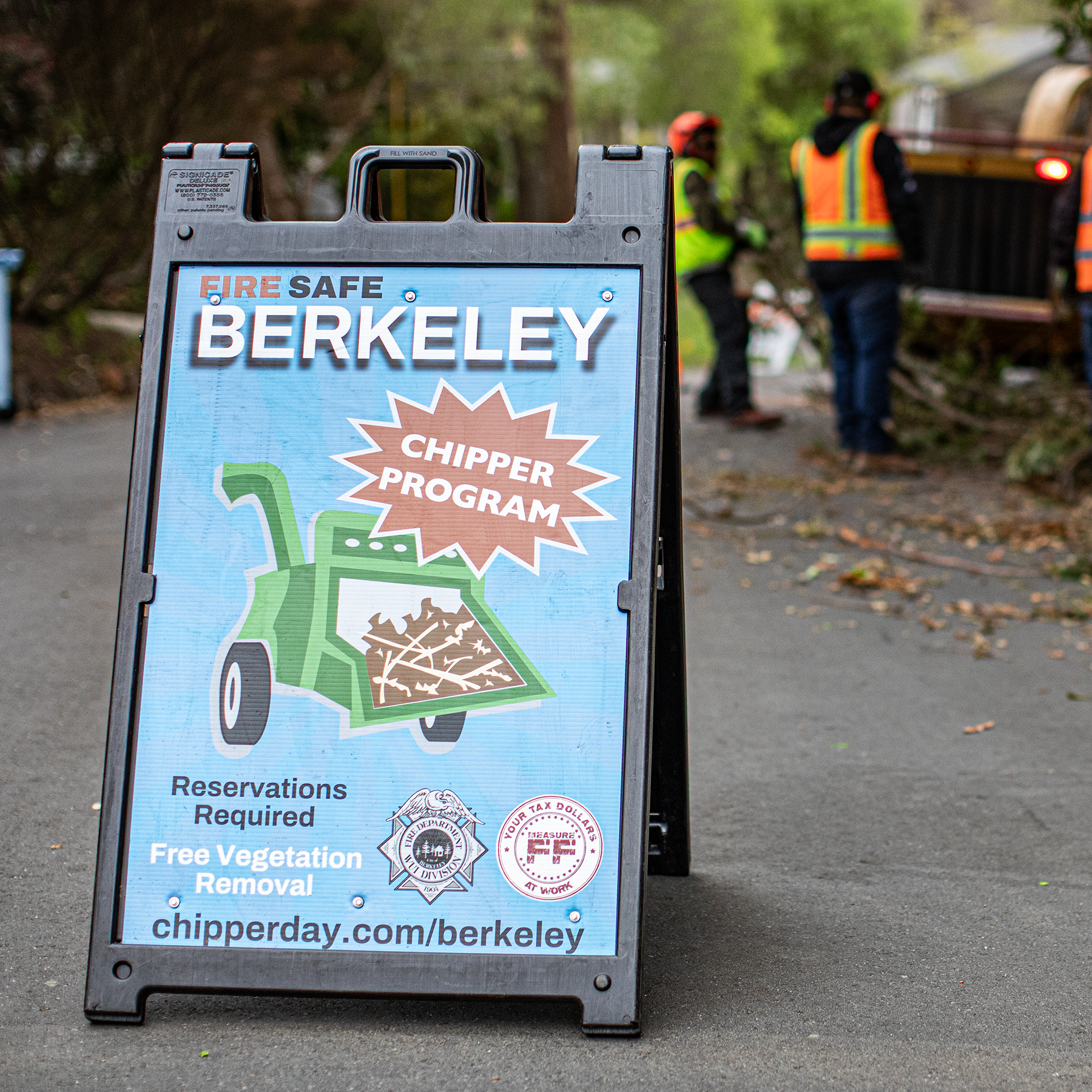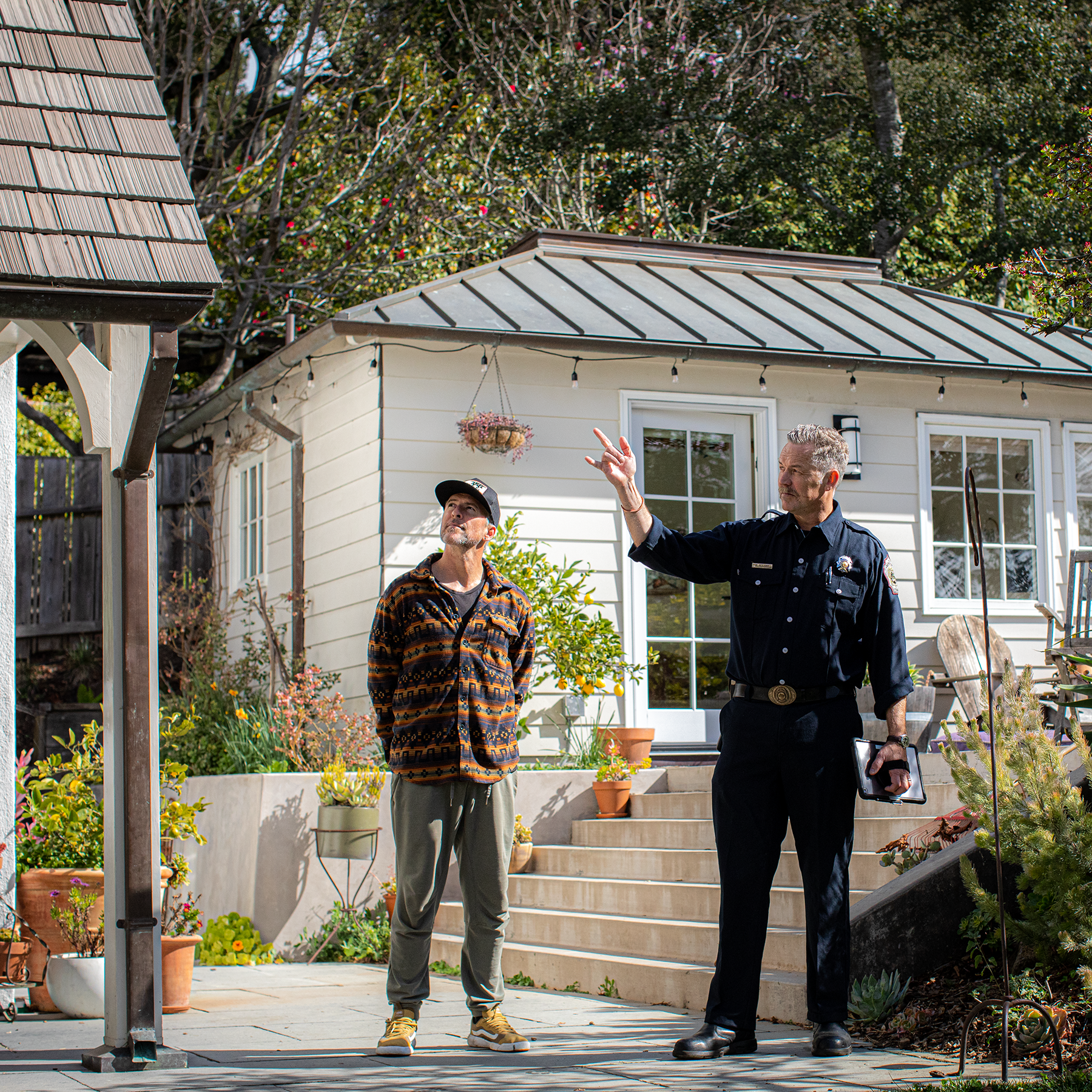
Practical ways to protect your home from wildfire
create defensible space
Create Defensible Space In:
PUT YOUR HOME TO WORK HELPING FIREFIGHTERS WHEN IT MATTERS THE MOST.
Your actions before a wildfire can save your home or endanger it. Prepared homes help firefighters and are prioritized during a wildfire. Learn how to prepare your property with our self-inspection checklist.
Defensible Space
What is it?
Defensible space is the buffer you create between a structure on your property and the grass, trees, shrubs, or other vegetation that surrounds it.
See it in Action
Your home may be the most valuable investment you have. Creating and maintaining defensible space will protect your investment from burning during a wildfire.
Requirements VARY By Location
-
Your home is in the City’s highest wildfire risk zone, which means certain actions are required. One key requirement is establishing defensible space, including Zone 0—the first five feet around all structures on your property. This area must be kept clear of combustible materials to reduce fire risk.
Applicable: 4, 5
-
Your home is in the Very High Fire Hazard Severity Zone, which means certain actions are required. One key requirement is establishing defensible space around all structures on your property.
Applicable: 3
-
Your home is in the High Fire Hazard Severity Zone, which means there are no required actions to create defensible space. While defensible space is not required, it will still help prevent structural ignition during a wind driven wildfire.
Applicable: 2
-
Your home is not in one of the City's Fire Hazard Severity Zones, which means there are no required actions to create defensible space. While defensible space is not required, it will still help prevent structural ignition during a wind driven wildfire.
Applicable: 1
Start with Zone 0—Your Home’s First Line of Defense
-
The first five feet around your home—known as Zone 0—is the most vulnerable to wind-blown embers during a wildfire. Clearing this area of flammable materials is the single most important step you can take to prevent ignition. When combined with key home hardening measures—like fire-resistant vents, roofing, and decks—Zone 0 can substantially reduce the risk of your home catching fire, even in extreme wildfire conditions. Start here to protect what matters most.
Apply For the Resident Assistance Program
Applicable: ,4, 5
-
While Zone 0 is not required in your area, it is still best practice and we recommend you work to implement it. The first five feet around your home—known as Zone 0—is the most vulnerable to wind-blown embers during a wildfire. Clearing this area of flammable materials is the single most important step you can take to prevent ignition. When combined with key home hardening measures—like fire-resistant vents, roofing, and decks—Zone 0 can substantially reduce the risk of your home catching fire, even in extreme wildfire conditions. Start here to protect what matters most.
Applicable: 3, 2, 1
Zone 1: Lean , Clean & Green
Zone 1 covers the area 5 to 30 feet from your home. Maintaining this zone by clearing dead or dry vegetation and creating space between plants and trees helps slow the spread of fire and reduces potential fuel. Regular trimming and thoughtful spacing between trees, shrubs, and flammable items like patio furniture or wood piles can make a big difference. If this zone extends into a neighbor’s yard, coordinate your efforts to maximize protection for both properties.
Zone 2: Extend Defensible Space
Zone 2 covers the area 30 to 100 feet from your home, or up to your property line. The goal in this zone is to continue reducing potential fuels by managing vegetation. This includes mowing grasses to four inches or less, creating space between plants vertically and horizontally, and removing excess leaf and needle buildup. Clear areas around wood piles, outbuildings, and propane tanks to prevent fire from spreading. If Zone 2 crosses into a neighbor’s yard, coordinating efforts can improve protection for both properties.





